Saint of the Day – 12 February – Saint Eulalia of Barcelona (c 290-c 303) Virgin and Martyr, Sanctified Virgin, forerunner of professed nuns. She was martured at the aged of 13 or 14. Born c 290 in Barcelona, Spain and died on 12 February 304 in Barcelona. Patronages – Barcelona, Barcelona Cathedral, against drought, against dysentery, boatmen, mariners, pregnant women, for rain, safe sailing, safe seafaring, sailors, travellers, watermen.
Saint Eulalia (Aulaire, Aulazia, Olalla, Eulària) (c 290–12 February 303) was a 13-year-old Christian virgin who suffered martyrdom in Barcelona during the persecution of Christians in the reign of emperor Diocletian. There is some dispute as to whether she is the same person as Saint Eulalia of Mérida, whose story is similar.
For refusing to recant her Christianity, the Romans subjected her to thirteen tortures, including – putting her into a barrel with knives (or glass) stuck into it and rolling it down a street (according to tradition, the one now called Baixada de Santa Eulalia “Saint Eulalia’s descent”), cutting off her breasts, crucifixion on an X-shaped cross. She is depicted with this cross, the instrument of her martyrdom. Finally, she was decapitated. A dove is supposed to have flown forth from her neck following her decapitation.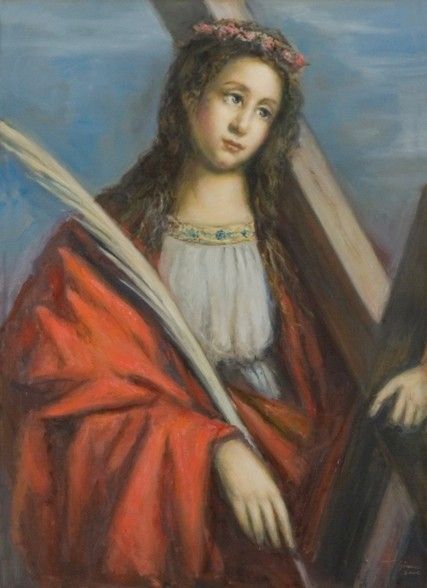
This is one point of similarity with the story of Eulalia of Mérida, in which a dove flew from the girl’s mouth at the moment of her death. In addition, Eulalia of Mérida’s tortures are sometimes enumerated among the Barcelona martyrs and the two were similar in age and year of death. St Eulalia was Canonised in 633.
Eulalia is commemorated with statues and street names throughout Barcelona. Her body was originally interred in the church of Santa Maria de les Arenes (St Mary of the Sands, now Santa Maria del Mar, St Mary of the Sea). It was hidden in 713 during the Moorish invasion and only recovered in 878. In 1339, it was relocated to an alabaster sarcophagus in the crypt of the newly built Cathedral of of the Holy Cross and St Eulalia. The festival of Saint Eulalia is held in Barcelona for a week around her feast day on 12 February. 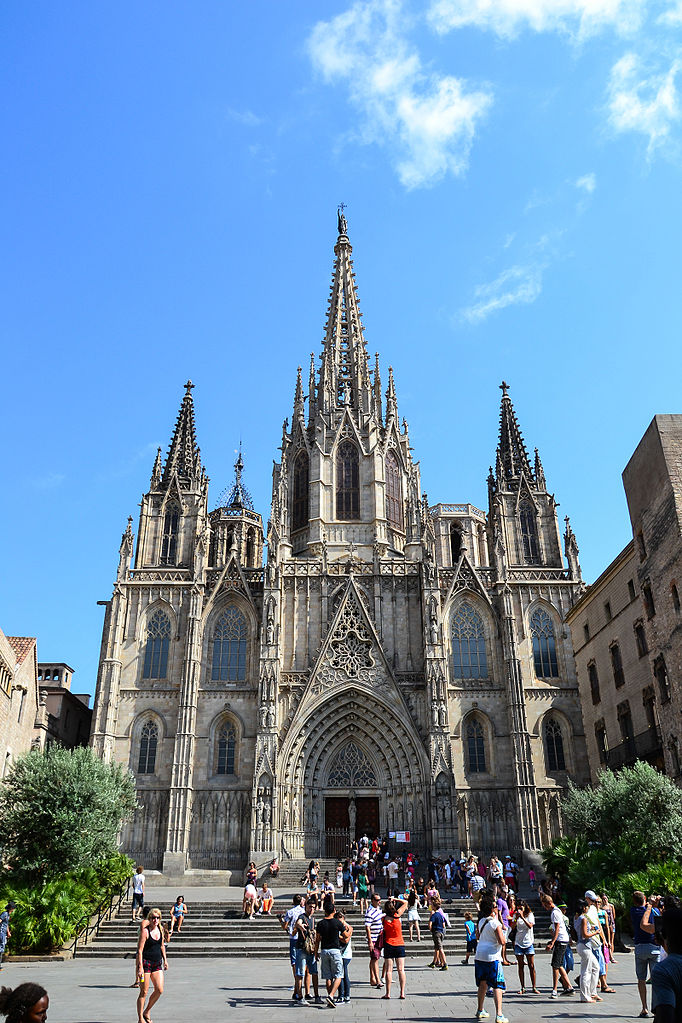

One of the most well-known and endearing parts of the Cathedral of the Holy Cross and Saint Eulalia of Barcelona is the crypt of Saint Eulalia. The magnificent Gothic tomb incorporates Romanesque elements from other sources, such as the bases and capitals holding up the structure of the polychromed marble sarcophagus solemnly inaugurated in 1339. The sculptor is known to have come from the region of Pisa.
St Eulalia’s the sarcophagus is crowned by five images – four angels with candlesticks and, in the centre, the image of the Eulalia. The crypt has a keystone representing the Saint Eulalia and the Christ Child placing a crown on the Saint of Barcelona.
Behind the Gothic sepulchre is the original sepulchre of Saint Eulalia, which was found by the bishop Frodoino in 878 in the cemetery of Santa María del Mar and a piece of broken marble with the original inscription commemorating her. 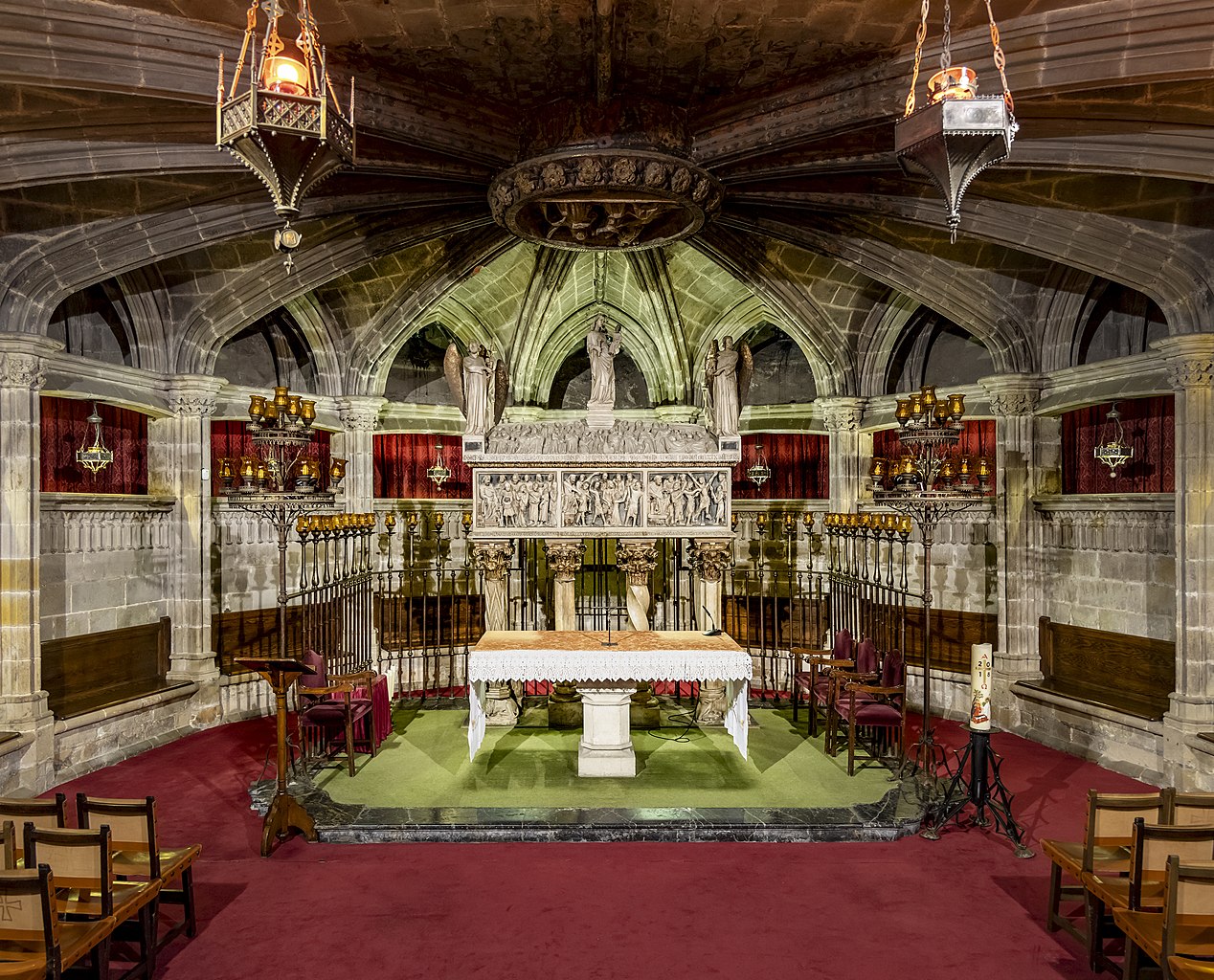
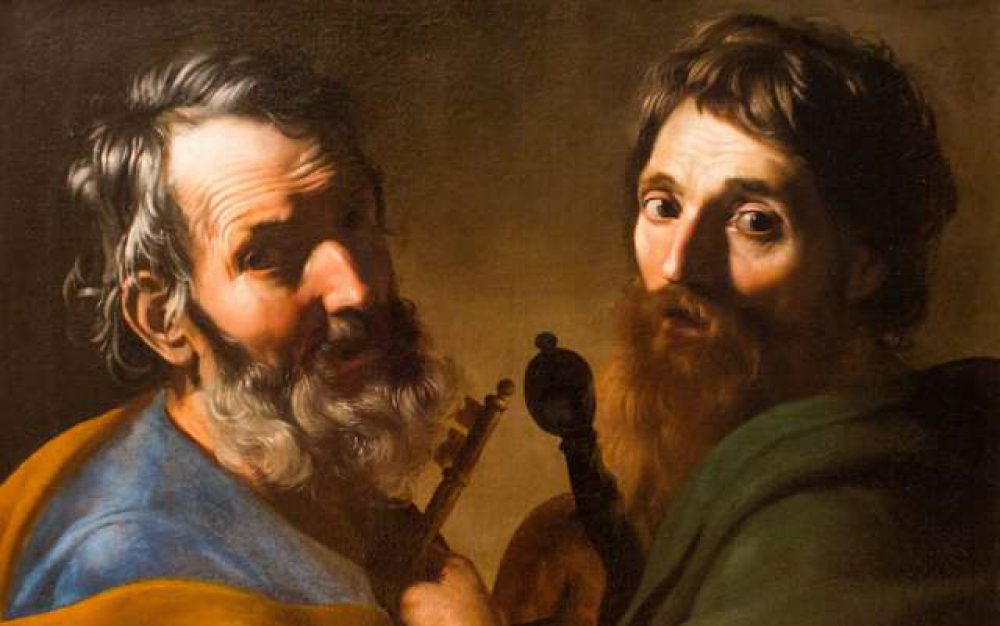



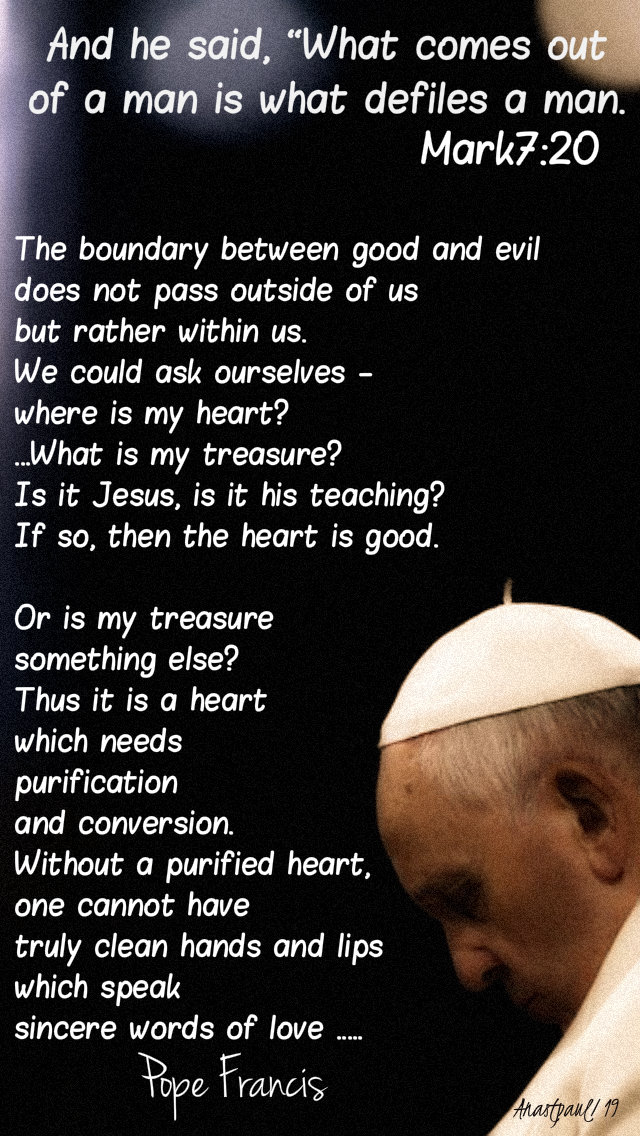








You must be logged in to post a comment.